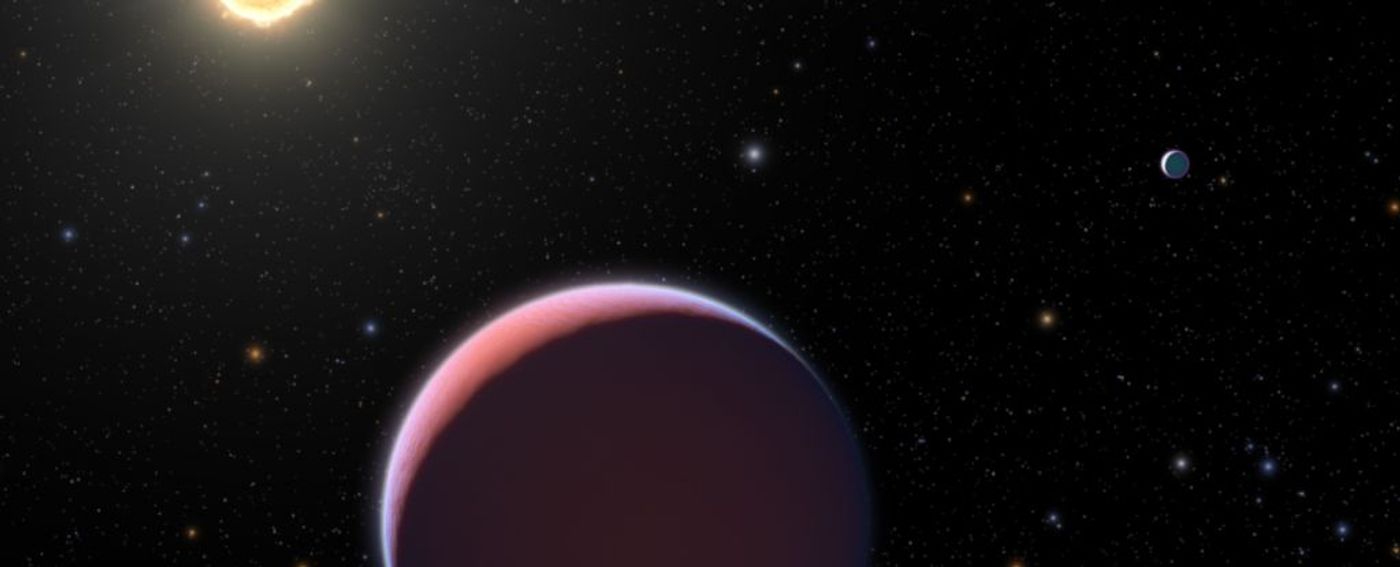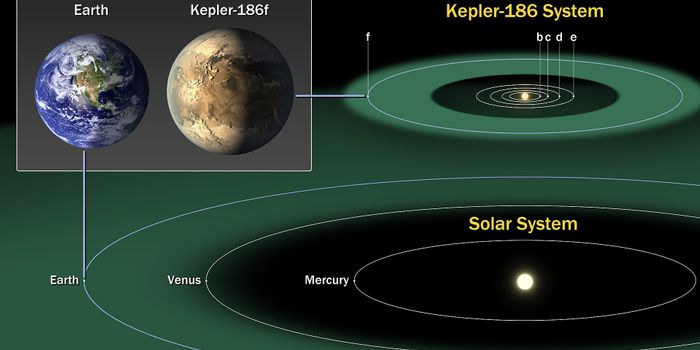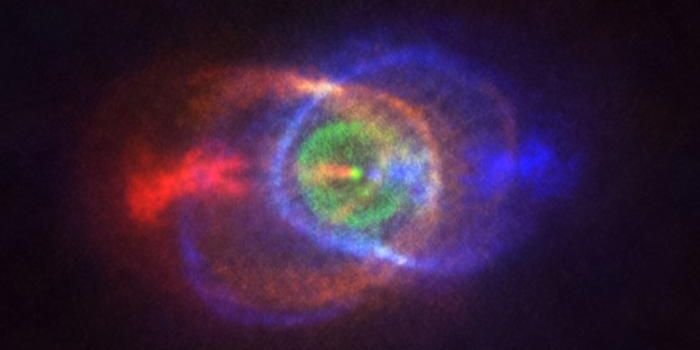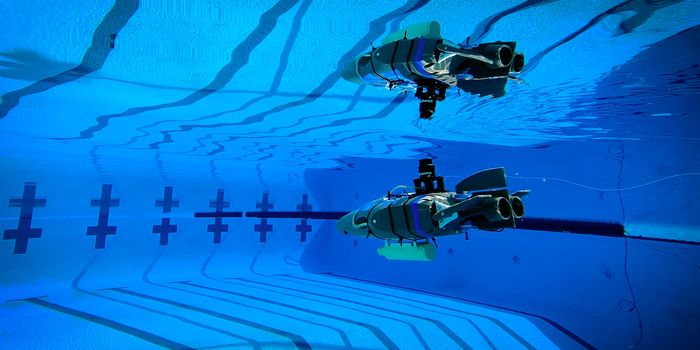Exploring WASP-193 b: A Cotton Candy-like Exoplanet
Can gas giant exoplanets larger than Jupiter have less density than the latter? This is what study published today in Nature Astronomy hopes to address as a team of international researchers discovered WASP-193 b in 2023, which is located just under 1,200 light-years from Earth and orbits its parent star (slightly larger than our Sun) in only 6.25 days. What’s unique about WASP-193 b is that it exhibits a radius almost 1.5 times that of Jupiter, the largest planet in our solar system, but whose mass is only 14 percent of Jupiter and whose density is just under 4 percent of Jupiter, as well. This study holds the potential to help astronomers better understand the formation and evolution of exoplanets, which continue to challenge our understanding of solar system architecture.
WASP-193 b has a density of approximately 0.059 grams per centimeter cubed (g/cm3), which is comparable to cotton candy. For context, Jupiter has a density of 1.33 g/cm3, Saturn has a density of 0.69 g/cm3, Uranus has a density of 1.27 g/cm3, and Neptune has a density of 1.64 g/cm3. Therefore, despite being larger than Jupiter, WASP-193b’s density is far less than the largest gas giant in our solar system.
Artist's illustration of a cotton candy exoplanet. (Credit: NASA/ESA/STScI)
Using the transit method, astronomers detected WASP-193 b using the Wide Angle Search for Planets (WASP) project as they gathered data between 2006 and 2008 and once again between 2011 and 2012. Through this, the astronomers were able to ascertain WASP-193 b’s planetary characteristics, specifically its orbital period, size, and density, as the exoplanet passed in front of its parent star.
"WASP-193 b is the second least dense planet discovered to date, after Kepler-51 d, which is much smaller," said Dr. Khalid Barkaoui, who is a postdoctoral researcher at the University of Liège’s EXOTIC Laboratory and first author of the study. “Its extremely low density makes it a real anomaly among the more than five thousand exoplanets discovered to date. This extremely-low-density cannot be reproduced by standard models of irradiated gas giants, even under the unrealistic assumption of a coreless structure.”
The researchers hypothesize that while WASP-193 b is comprised of hydrogen and helium, just like Jupiter, its atmosphere is tens of thousands of times more extensive than Jupiter, which could explain its extremely low density. However, the exact processes responsible for explaining this phenomenon are what researchers hope to uncover in the future.
How many more low-density exoplanets will astronomers discover in the coming years and decades? Only time will tell, and this is why we science!
As always, keep doing science & keep looking up!
Sources: Nature Astronomy, NASA, University of Liège, EurekAlert!









